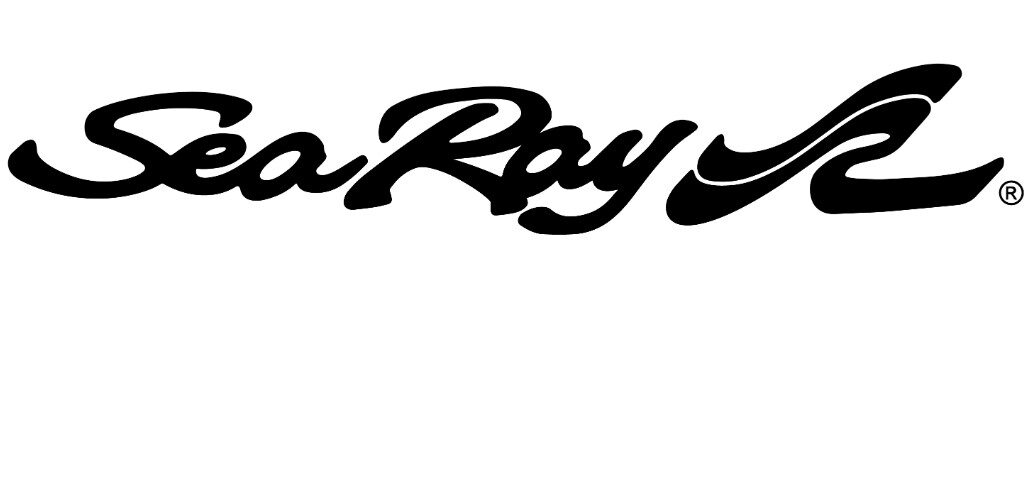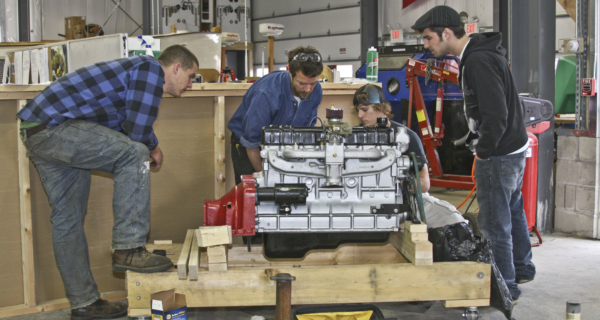Fighting for Success
Put innovation first
There aren’t too many marine companies who will deny the importance of new, innovative products in convincing consumers to buy amidst today’s economic conditions. But few have put innovation at the center of their strategy like marine electronics firm Navico Holdings AS.
“The slowdown makes it more important than ever to offer new products,” says Jens-Thomas Pietralla, Navico’s CEO.
Navico says not only is it investing in research and development, the results will largely determine the company’s future performance.
“We expect almost 50 percent of sales this year to come from products introduced in 2008 and 2009,” comments Gerald Walle, COO of Navico Americas.
The company’s ability to make such investments comes back to the efficiencies it has achieved by bringing together a family of marine electronics brands, combining functions such as research and development, supply chain logistics and sales and distribution. As Navico Director of Business Development Jerome Panoff explains, the company has reaped the rewards of integration.
Integration has its challenges too. While Navico acknowledges them, the company suggests it has been able to turn them into advantages. For example, by buying up several marine electronics brands, Navico was able to bring together a number of marine engineers, of which there is a limited quantity in the world, Pietralla points out. Each works on Navico’s research and development team in his or her area of expertise, and their collective work benefits all the brands.
In addition, the company’s focus on the five Cs – customer satisfaction, a culture of passion and performance, collaboration, a commercial edge, and credibility and integrity – has allowed Navico to bring employees together around common values. A recent employee survey revealed that workers have a high level of understanding of Navico’s guiding principles, says Walle.
The result? A marine electronics powerhouse that is gaining market share and “weathering the storm well,” the company says.
“Any crisis has its emerging winners,” sums up Pietralla.
Think big
SeaFlex Inc. expects 2009 to be its strongest year yet with at least 50-percent growth, a claim that flies in the face of most marine companies’ expectations.
The mooring system manufacturer doubled its forces last year in response to increased demand from sectors like the superyacht market, which is still going strong, says the company’s market director, Kent Johansson.
Another factor in SeaFlex’s prediction is the worldwide patent it has been awarded for a product developed in conjunction with Applied Fiber, which has strengthened its system by at least three or four times, according to Johansson. Its previous patent expired a few years ago.
A third factor is the number of leads Sea Flex has received. The company anticipates involvement in 10 to 15 “substantial projects” in 2009, only about 25 percent of which are based in mainland U.S. While SeaFlex Inc. is the American subsidiary tasked with distributing the mooring systems, its customers – U.S. and Canadian dock manufacturers – sell their products around the world. Although activity in some areas, like Dubai, may be slowing down a little, according to Johansson, investors and site owners are still putting money into marina facilities in regions like Central America and the Middle East.
And those leads continue to flow in. Given the tumultuous U.S. economy, SeaFlex didn’t have high expectations for the International Marina & Boatyard Convention in Fort Lauderdale this past January. The strengths of the leads it generated there were a pleasant surprise, suggests Johansson.
Create a competitive advantage
When John Kujawa ran his own marine product conceptualization firm, he noticed that his clients were established and successful, but had product development cycles that often spanned six or more quarters. In the computer hardware and software sector from which Kujawa came, that is an eternity.
Hence came the idea for Lumitec, a marine LED lighting solutions provider launched a year and a half ago.
“I think that the high tech industry demonstrates that you can deliver an extremely complex product in a relatively short period of time,” Kujawa comments.
He explains that the new LED technology has followed Moore’s Law, which states that certain technologies double every 18 months.
“That’s what we’re seeing in LED technology,” Kujawa says. “By the time you get it to market, it’s already obsolete if you’re working on a six-quarter cycle.”
For that reason, Lumitec was created as a product development company first and foremost. Its products are designed with modularity and extensibility in mind. In other words, the company develops new products in such a way that they can be easily updated with new technologies and pursues new technologies with an eye toward applying them to current products as well as future products, suggests Kujawa.
And it’s working. Fourteen boat builders were using Lumitec products on their boats as of February, and the company’s conservative estimate is that it’ll generate between $1 million and $2 million in revenue this year.
“What might have been a company building 100 boats a month is now building 20 boats a month. It’s a great opportunity to get them to use our product. We can deliver products that meet their customers’ needs and demonstrate that we’re willing to work with them in these down times,” Kujawa explains. For that reason, he believes the timing of Lumitec’s launch may actually benefit the company.
“If you look back at history … many very successful companies were founded in very difficult times,” he concludes. “It has forced us to be aware of efficiencies, keeping our customers happy and executing on opportunities. As importantly, we don’t have a lot of expenses, and we manage inventory very, very proactively …”




